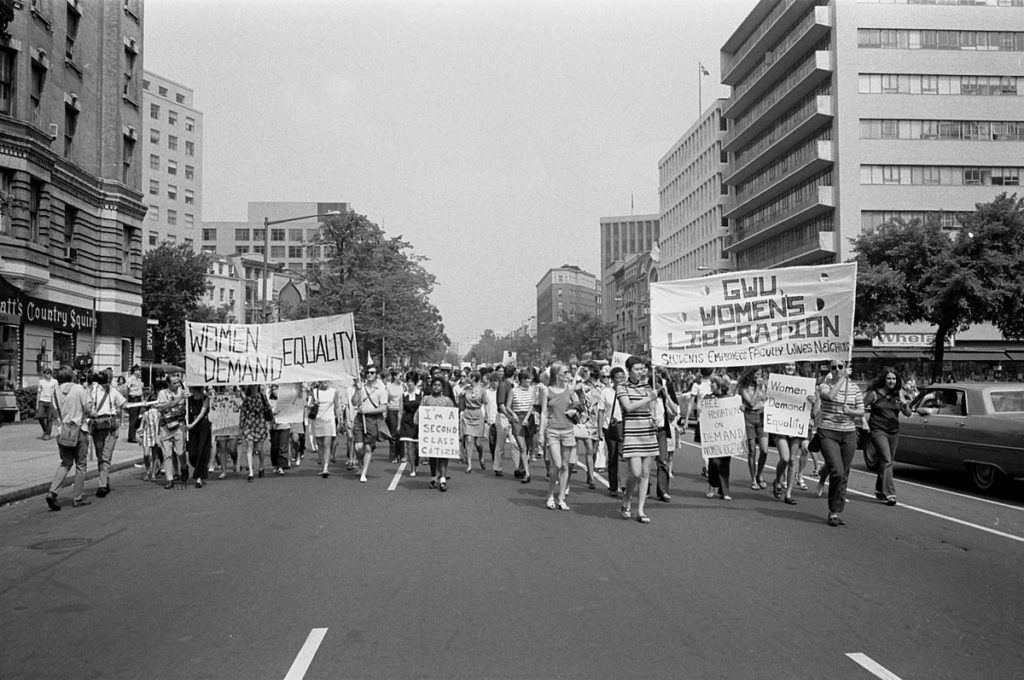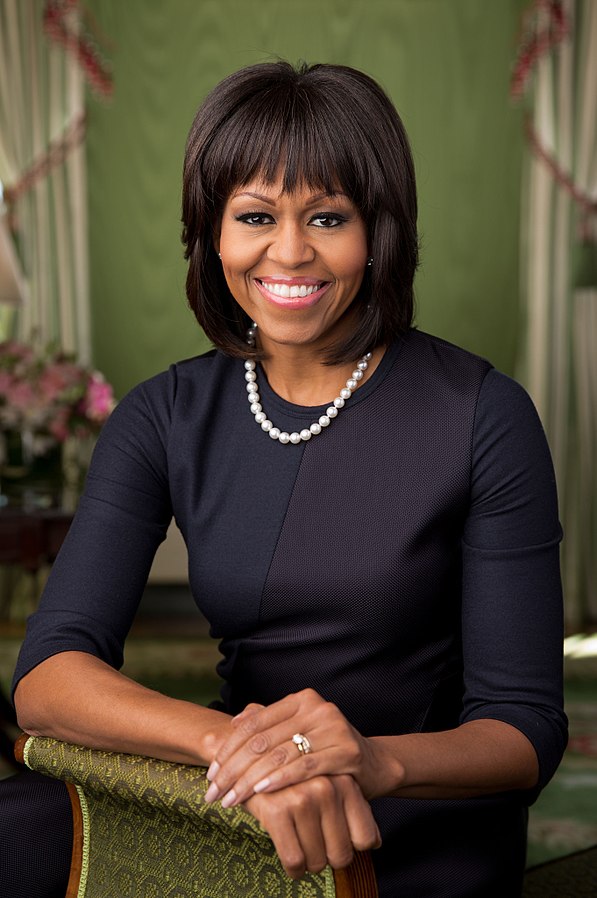
Crossing the bridge that connects what ‘is’ and what ‘ought to be’ demands a change in the existing power dynamics and how things stand. Similarly, how women are viewed in a society versus how they ought to be viewed requires a thorough alteration of the existing societal structures. So when the first ever movement for modifying society’s opinion of women began, the road that lay ahead was long-drawn-out and full of hitherto unforeseeable impediments. The Feminist movement and its division into waves helps us distinguish between the purposes and hurdles specific to a time frame while also allowing us to trace its progression.

Intolerant views about women remained unchallenged for most of history until Mary Wollstonecraft’s ‘Vindication of the Rights of Women’ in 1792 gave rise to a demand for equality of gender, marking it as an informal beginning of the First Wave Feminism. The collation of women’s demands henceforth, led to the Seneca Falls Convention of 1848, formally commencing this first wave. Remaining restricted to the United Kingdom and the United States of America and being led by the middle-class, white women made the demands of this movement to be limited to those of full citizenship and right to vote. Being the first movement of its kind, it lacked in more departments than it made history in. Primarily, it reinforced the second rate treatment of the black and Asian women by discrediting most of their contributions as the movement progressed. Secondly, all attention was focused on ‘external’ constraints; on legal and political forms of discrimination. Therefore, they considered emancipation from those as the only necessary solution. Their experience had led them to believe that political equality would lead to social, economic and educational equality in the long run. This assumption became the very reason why another wave of feminist movement arose.
Opportunities that were now made available for women continued to reinstate the stereotypical notion that women are, by nature more caring and loving. Additionally, the subject choices available for women’s education were rather limited. Betty Friedan’s ‘The Feminine Mystique’ in 1963 commenced the liberal strand of Second Wave Feminism which was fundamentally an extension of the first wave only with a much wider scope comprising of demands for social, economic and educational equality between the sexes. The demonstration against objectification of women at Miss. America Beauty Contest in Atlantic City in 1968 marked the official beginning of Second Wave Feminism, this being its radical phase. There is a noticeable shift in the focus from ‘discrimination’ to ‘oppression’ as the cause for concern, making it impossible to neglect the internal restraints on women’s freedom. The feminists of this wave demanded a change in attitudes, mindsets, customs and beliefs of societies for a wholesome ‘liberation’ of women. They held that since oppression is common to all women globally, women shared a common bond of sisterhood and that united them in the fight against injustice. The feminists of this time were rather theoretical in nature and less active because they realized the significance of redefining what it meant to be a woman and re-writing the principles that govern societies. Simone de Beauvoir, Kate Millett, Shulamith Firestone are some among the many who have produced important academic texts that catered to the then urgent need for new theory. The theory focused heavily on gender-sex distinction, the divide between the private and public, and most importantly, on patriarchy.

Third Wave Feminism was highly influenced by ‘postmodern’ thinking. Since post-modernism rejects the idea of one universal truth, this post-modern feminism discarded the second wave notion of women sharing a common bond on a global scale. It drew attention to the contextually and culturally differing experiences of women worldwide and repudiated any form of generalization of that experience. Non-universalism, plurality, intersectionality and cultural relativism are some chief features of this wave and by virtue of that, it was the most inclusive feminist movement thus far. Its blatant refusal to use binaries such as men or women, masculine or feminine, etc.; acceptance of the differences among people outside the binary and serious consideration of caste, class, ethnicity and race as basis of discrimination extensively diversified the movement. The result of this heterogeneity was that it led to the commencement of other feminist movements such as Black feminism and Dalit feminism. There was also an increasing amount of emphasis on how western women do not represent global feminist interest because of cultural differences and plurality of experiences. However, the diversification had its own unwelcome implications and weakening of the feminist politics was one of them. Growing differences paved way for conflict and caused trouble in solidifying a common ground for identity politics. In their attempt to question and redefine the ideas about gender, sexuality, femininity, and masculinity, feminists greatly focused on hitherto neglected issues such as reproductive rights, abortion, pornography, sexuality, and so on.

Many keep up that a fourth wave of feminism started around 2012, which dealt with sexual harassment, assault, rape culture, and body shaming amongst other such issues. Fourth wave women’s rights moreover contend that equal opportunities for young girls and ladies ought to stretch out likewise to young boys and men. It has given way to the “Men’s Rights Movement” too. Michelle Obama, Chimamanda Ngozi Adichie, and Roxane Gay are some feminists associated with this wave. The use of social media to raise and address these issues has been claimed as an essential feature of this wave and many claim this to be a movement that is very pro female domination instead of gender equality. However, with a post-feminist movement on the rise and gender-equality still being a very far-fetched dream, it would be unfair to disregard this new wave before it has matured enough to clarify its position.

